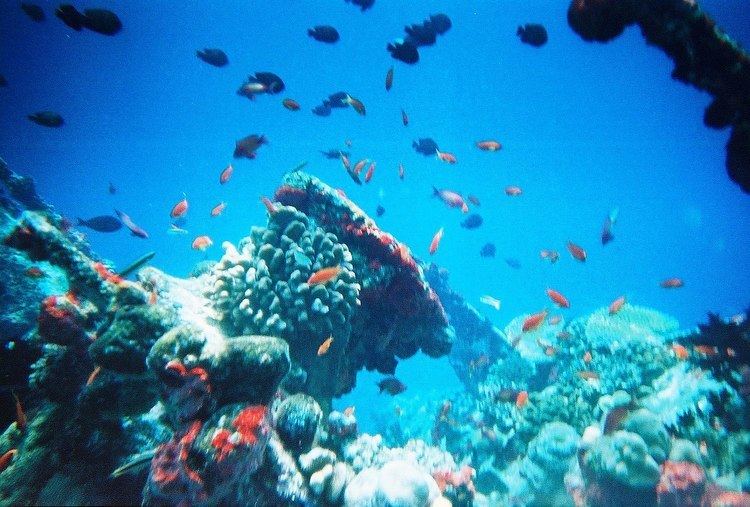 | ||
Marine ecosystems are among the largest of Earth's aquatic ecosystems. Examples include salt marshes, intertidal zones, estuaries, lagoons, mangroves, coral reefs, the deep sea, and the sea floor. They can be contrasted with freshwater ecosystems, which have a lower salt content. Marine waters cover two-thirds of the surface of the Earth. Such places are considered ecosystems because the plant life supports the animal life and vice versa. See food chains.
Marine ecosystems are essential for the overall health of both marine and terrestrial environments. According to the World Resource Center, coastal habitats account for about one-third of marine biological productivity. Estuarine ecosystems, such as salt marshes, seagrass meadows and mangrove forests, are among the most productive ecosystems on the planet. Coral reefs provide food and shelter to the highest levels of marine diversity in the world.
Marine ecosystems usually have a large biodiversity and are therefore thought to have a good resistance against invasive species. However, exceptions have been observed, and the mechanisms responsible in determining the success of an invasion are not yet clear.
